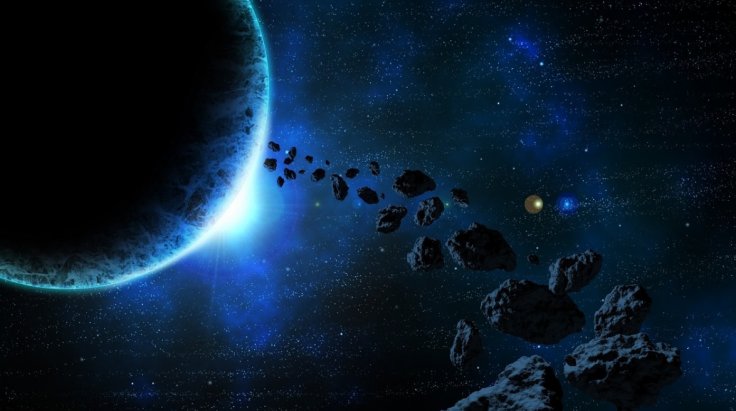In 2008, a nine-ton asteroid entered Earth's atmosphere, exploding into some 600 meteorites over Sudan. After collecting the samples, researchers began their research. Now, as per a new study, one of those meteorites has suggested that the space rock may have broken off of a giant asteroid, one more or less the size of a dwarf planet like Ceres.
A team of scientists led by the Southwest Research Institute said that the composition of a piece of the meteorite, Almahata Sitta (AhS), indicated that its parent body was an asteroid. AhS is made of a material which is known as the carbonaceous chondrite. According to scientists, these black rocks contain organic compounds as well as a variety of minerals and water. The mineral locked inside the rocks offer clues about the parent asteroid, said the study researchers.
"Some of these meteorites are dominated by minerals providing evidence for exposure to water at low temperatures and pressures. The composition of other meteorites points to heating in the absence of water," Vicky Hamilton, the study co-author and a planetary geologist at the Southwest Research Institute in Boulder, Colorado, said in a statement.

Asteroid Research
The team of scientists analyzed a 50-milligram sample of AhS under the microscope and found that it had a unique mineral composition. According to the team, the meteorite harbored an unusual combo of minerals that could be formed at "intermediate" temperatures and pressures. Especially one mineral, amphibole, also requires prolonged exposure to water to develop.
Amphibole is common on Earth but it is rare in carbonaceous chondrite meteorites. It had only been identified previously as a trace component in the Allende meteorite, the largest carbonaceous chondrite ever found on this planet that fell in Mexico's Chihuahua in 1969. So, the high amphibole content of AhS indicated that the fragment broke off a parent asteroid that had never left meteorites on Earth before.
SwRI Staff Scientist Dr. Hamilton, the first author of a paper published in Nature Astronomy, said, "AhS is a serendipitous source of information about early Solar System materials that are not represented by CC meteorites in our collections."
However, samples collected from asteroids Ryugu and Bennu by Japan's Hayabusa2 and NASA's OSIRIS-REx probes will likely reveal more about asteroid minerals that are rarely found in meteorites, said the researchers in the study. "We think that there are more carbonaceous chondrite materials in the solar system than are represented by our collections of meteorites," said Hamilton.








